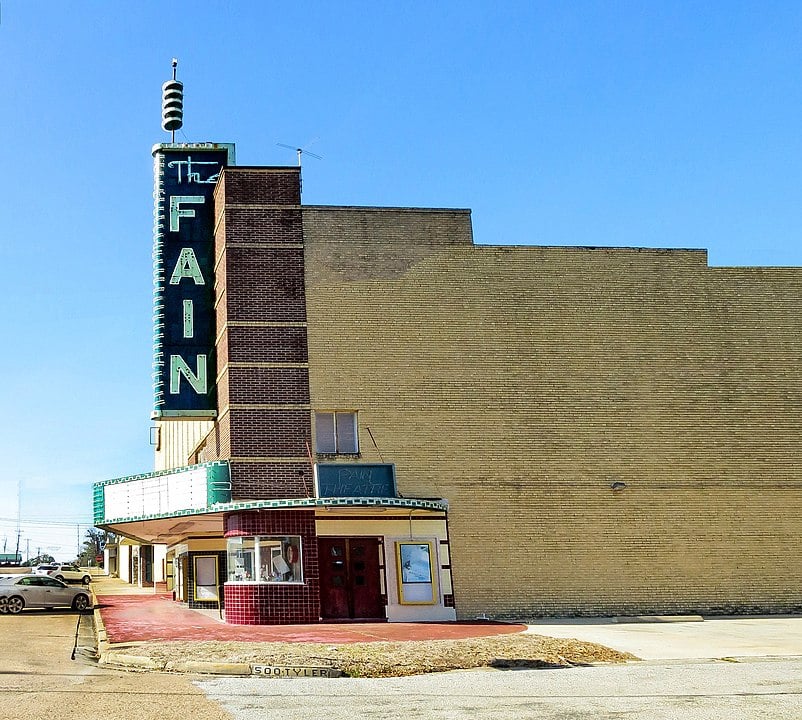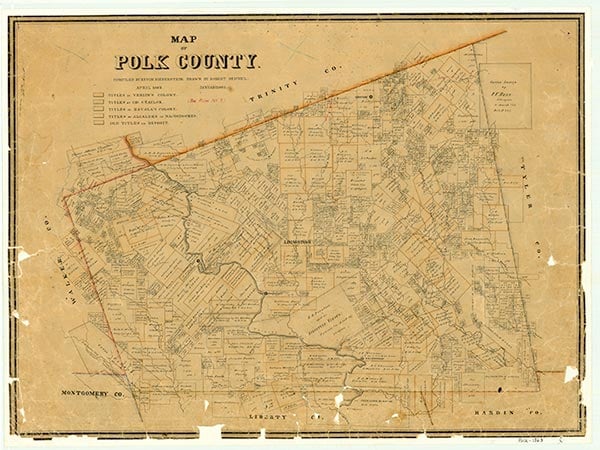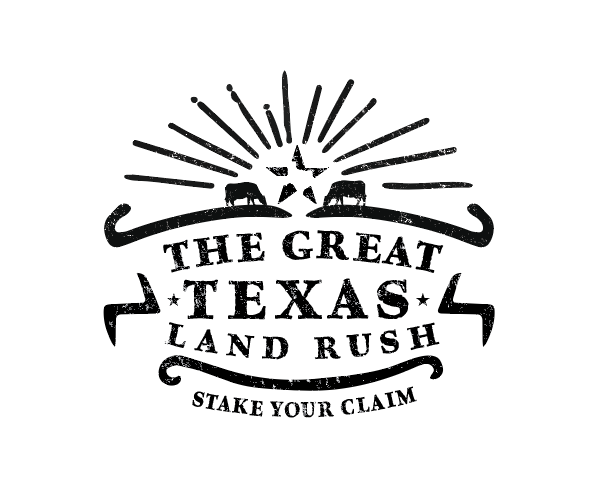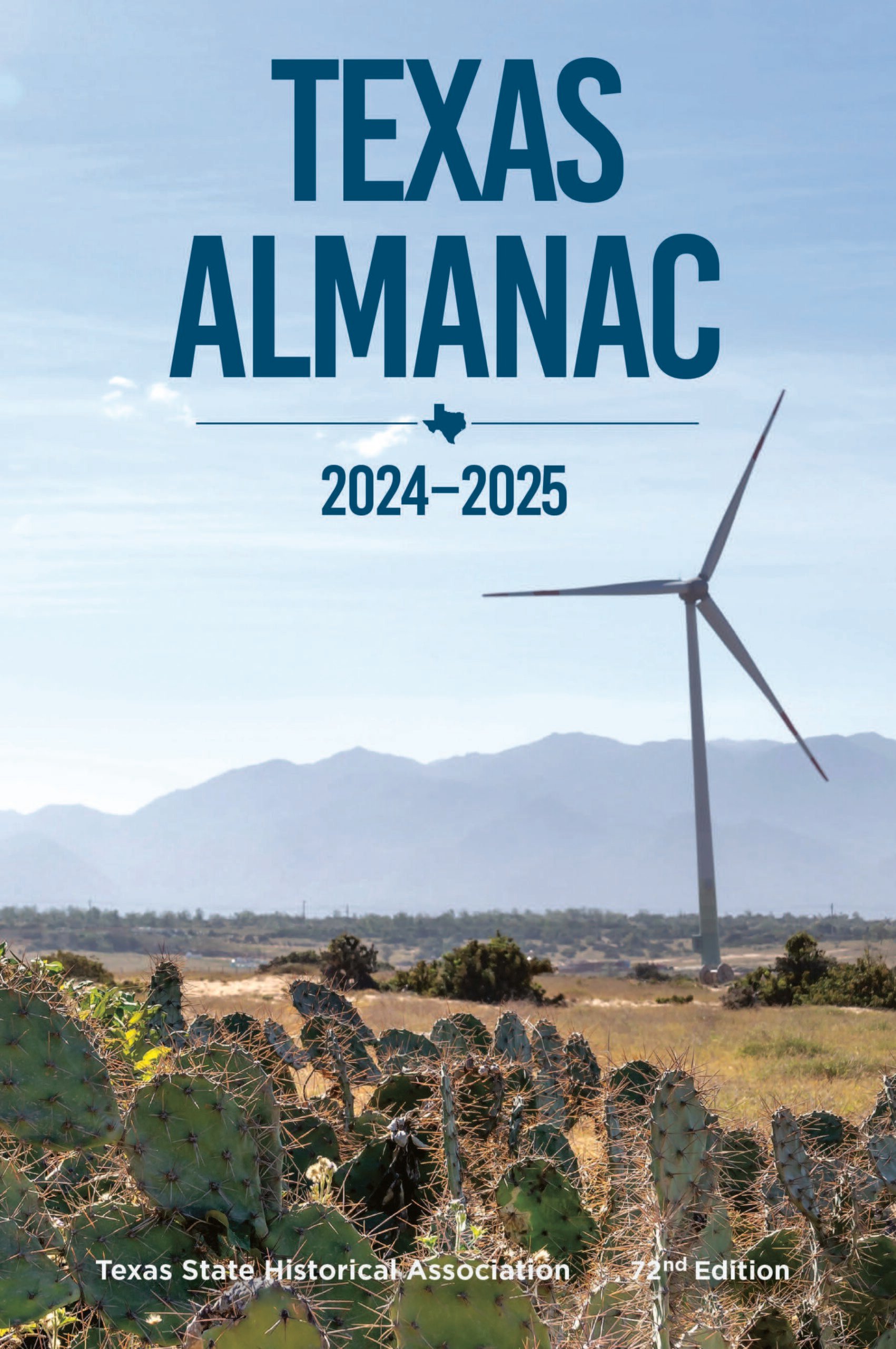Livingston

Livingston, Texas

Livingston, the county seat of Polk County, is at the junction of U.S. highways 190 and 59, State Highway 146, and Farm Road 1316, seventy-five miles north of Houston in the southern part of the county. The area was acquired in 1835 by Moses L. Choate, who surveyed a townsite called Springfield in 1839. In 1846, when Polk County was delineated from northern Liberty County, the seat of government was established near the geographic center of the new county near Springfield. Choate donated more than 100 acres to the project on the condition that it be named the county seat. The post office, secured in 1847, was named Livingston in honor of Choate's hometown in Tennessee. In the early years the community served a largely agricultural area which produced primarily cotton and corn. The Rising Sun was published there from 1858 to 1861 and again from 1865 to 1867. Yet growth remained slow, with the population estimated at 135 in 1880. The construction of the Houston East and West Texas Railway through Livingston that year brought rapid change, however, and lumbermen built numerous sawmills in and around the county seat. Several newspapers, including the Polk County Banner, the East Texas Pinery, the Local Progress, the National Alliance, and the Livingston Local, were published during the latter nineteenth century at Livingston. The town also served as a trading center for area farmers, who set up a Farmers' Alliance store during the late 1880s. By 1900 the population had reached 1,024. Although fire destroyed much of the town in 1902 during a dry-wet controversy, development in Livingston continued. On October 2, 1902, the city of Livingston was incorporated. A brick factory was built shortly after the fire. The telephone company was organized in 1903, and the power plant was constructed in 1905. The Livingston and Southeastern Railway provided a common carrier link between Livingston and the community and sawmill at Knox (later known as Soda) in 1905. Three years later the Beaumont and Great Northern Railroad tracks reached Livingston from Trinity County, thus tying the Polk county seat to the lucrative forests to the northwest. In 1917 construction of State Highway 35 (now U.S. 59) gave the town another major transportation artery. Although its population fell to 928 by 1925, as the local timber was giving out and mills began to move away, the 1932 discovery of oil at the Livingston field ten miles south sparked new growth. By 1936 there were ninety-three producing wells in the field, and the town had extended its city limits.
In more recent years the continued revenues and jobs provided by surrounding oilfields, plus the diversification of local farmers from the traditional cotton to truck crops such as tomatoes, contributed much to the Livingston economy. The lumber industry, in the form of larger operations such as the Ogletree Lumber Company, remained important. Lake Livingston, an 83,000-acre, man-made reservoir completed in 1968, drew outside interest by providing recreation outlets and new development. Growth in business also resulted from other tourist attractions: the development since the early 1970s of the Alabama-Coushatta Indian Reservation fourteen miles east as a tourist attraction and the establishment of several parks, especially the 450-acre Lake Livingston State Recreation Area. Livingston has benefited from the growth of Houston, to which it is financially attuned. The number of businesses and population in Livingston, the largest town in Polk County, grew accordingly, from 150 and 3,398 in the early 1960s to 260 and 4,928 by the mid-1980s. In 1985 a low-power television station transmitted from Livingston, and radio station KETX transmitted in both AM and FM. The Polk County Enterprise, established in 1905, continued to serve Livingston and Polk County residents. The town had one hospital, three banks, two savings and loan associations, a volunteer fire department, a city park and golf course, a library and museum, and twenty churches. In 1990 the population was 5,019. The population increased to 5,433 by 2000.
Don Hendrix | © TSHA

Adapted from the official Handbook of Texas, a state encyclopedia developed by Texas State Historical Association (TSHA). It is an authoritative source of trusted historical records.

- ✅ Adoption Status:
- This place is available for adoption! Available for adoption!
- Adopted by:
- Your name goes here
- Dedication Message:
- Your message goes here
Belongs to
Livingston is part of or belongs to the following places:
Currently Exists
Yes
Place type
Livingston is classified as a Town
Associated Names
- (Springfield)
Location
Latitude: 30.70973880Longitude: -94.93764700
Has Post Office
Yes
Is Incorporated
Yes
Population Count, 2021 View more »
5,829

